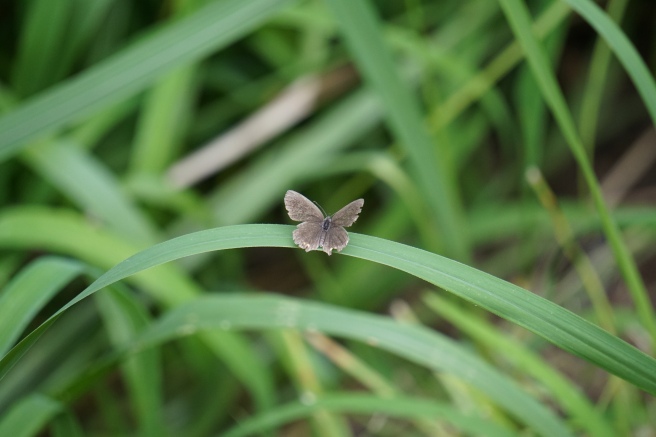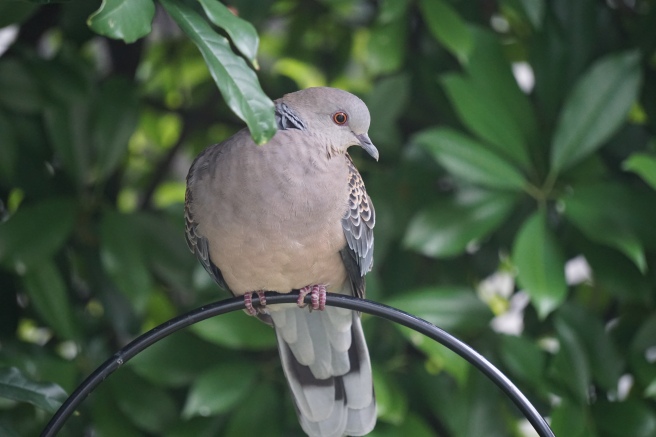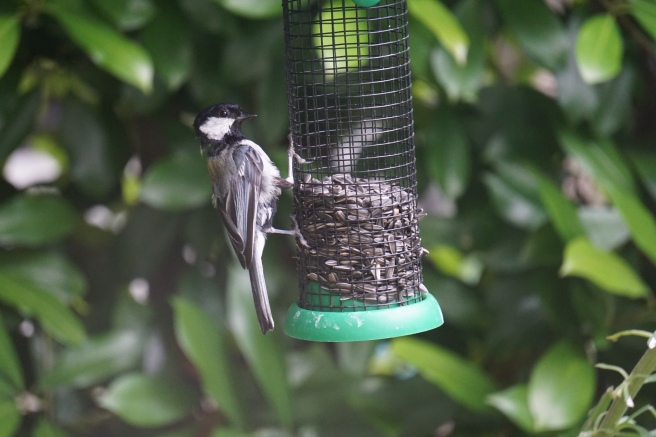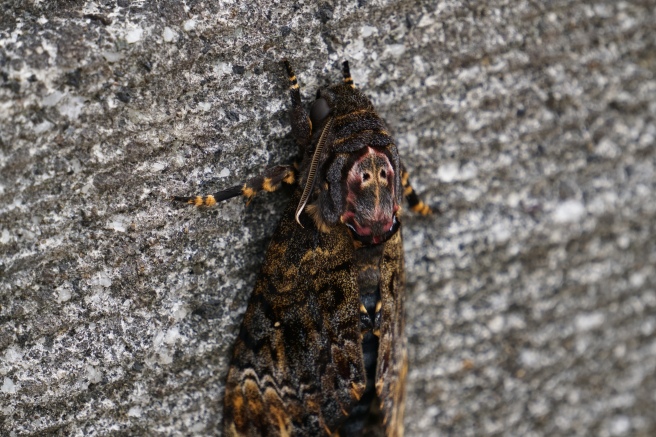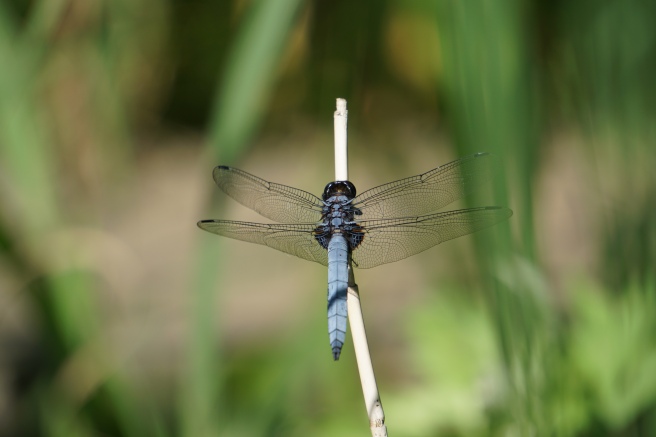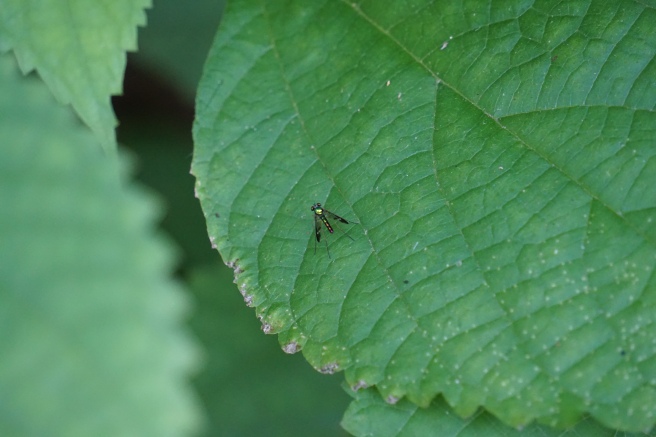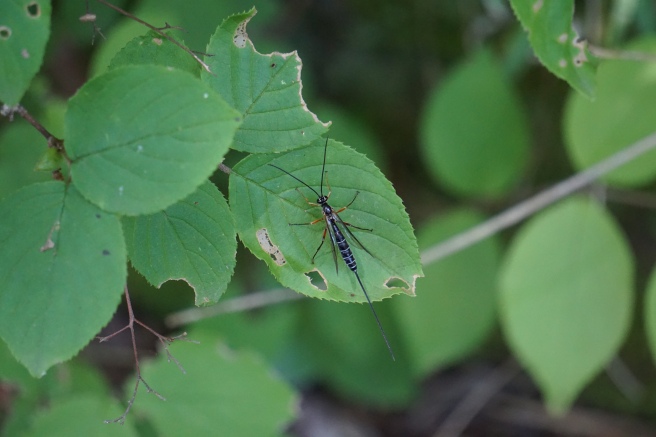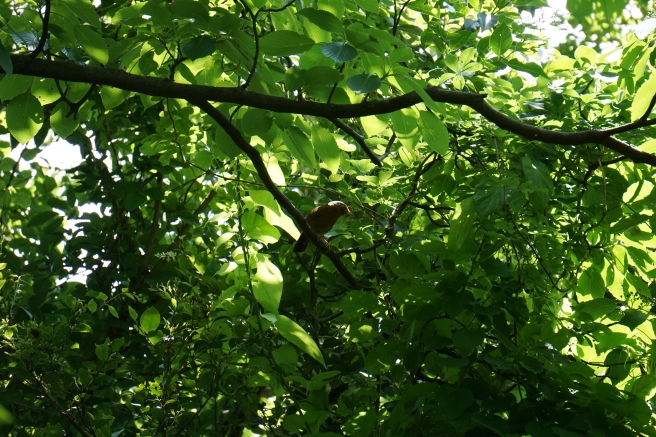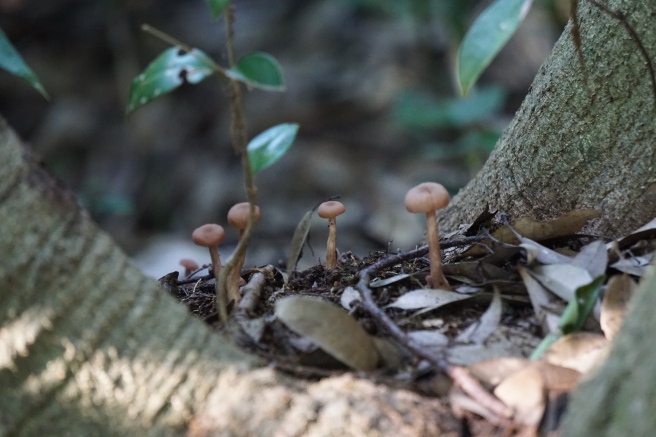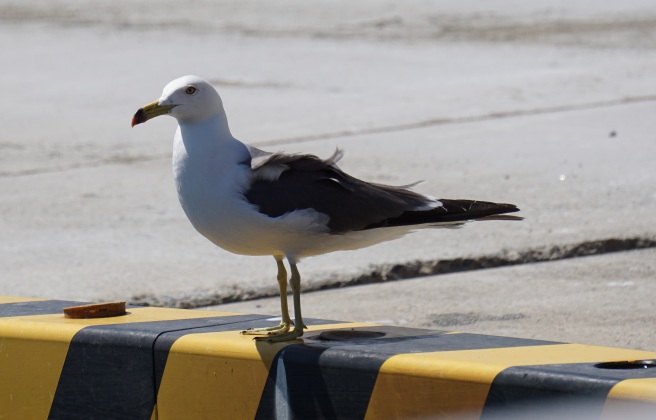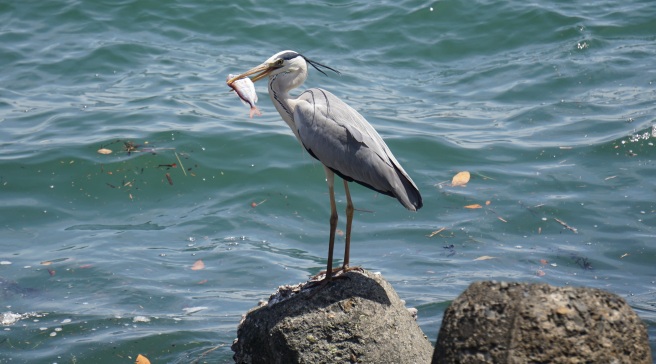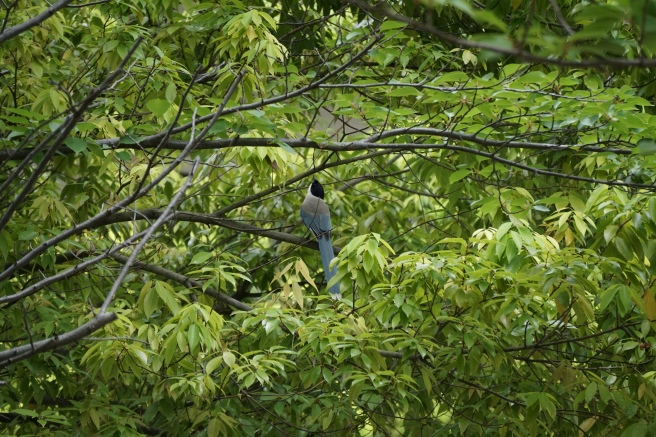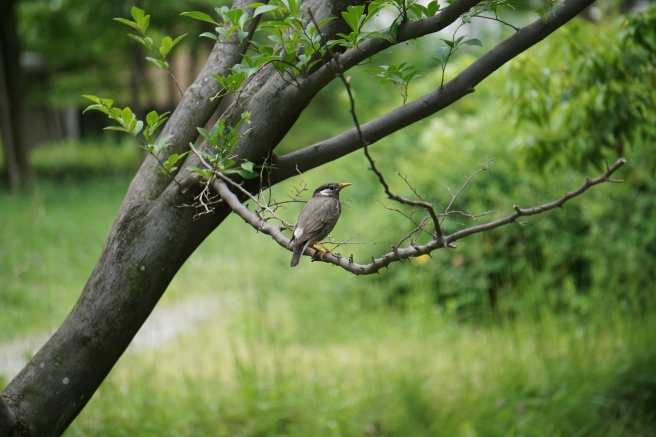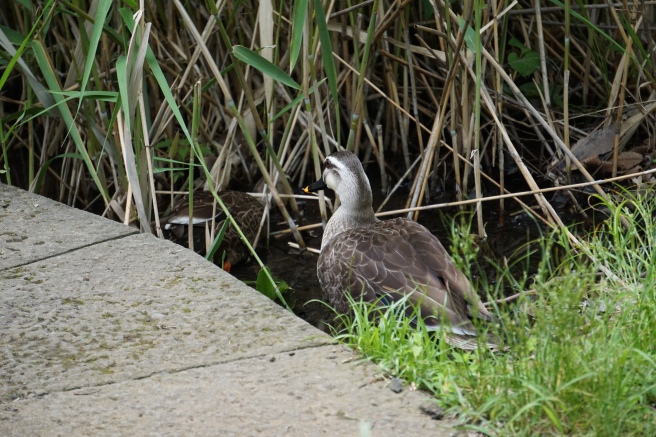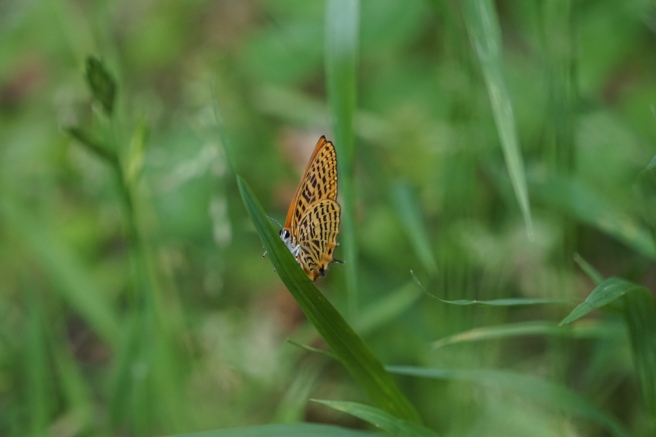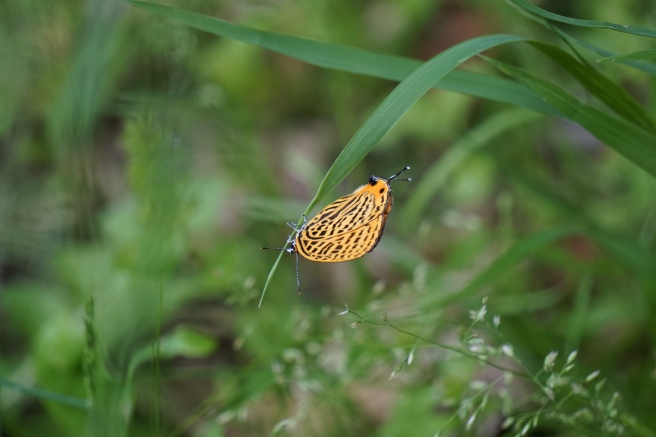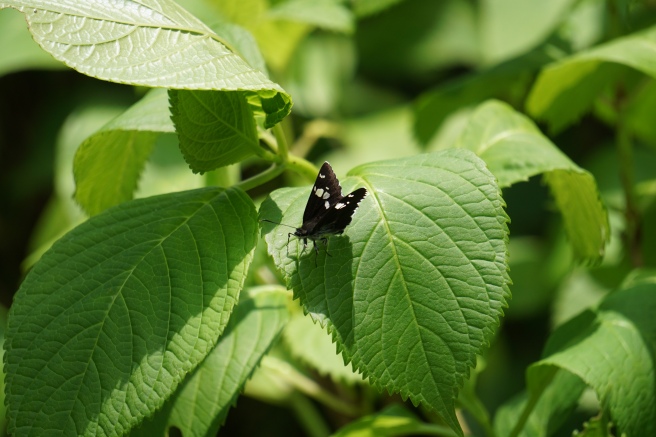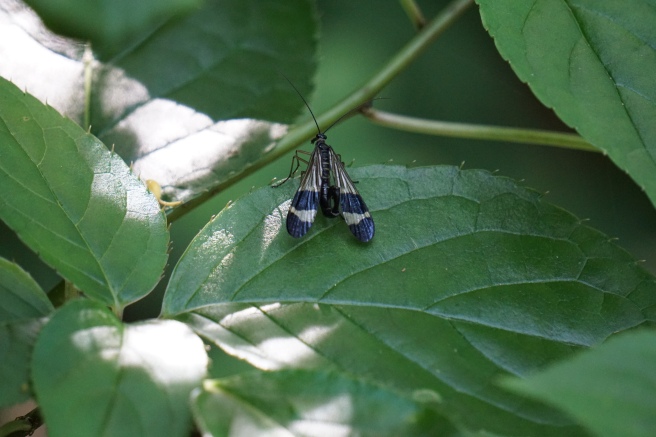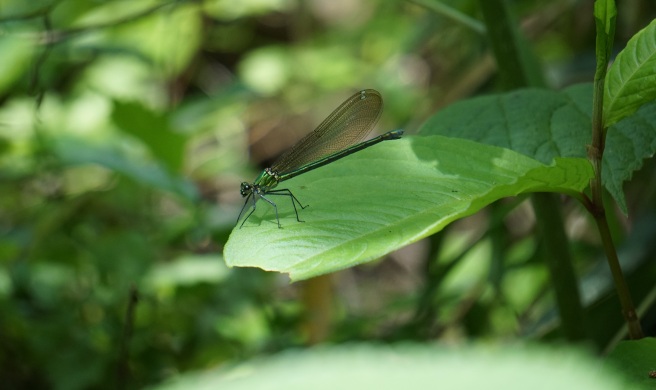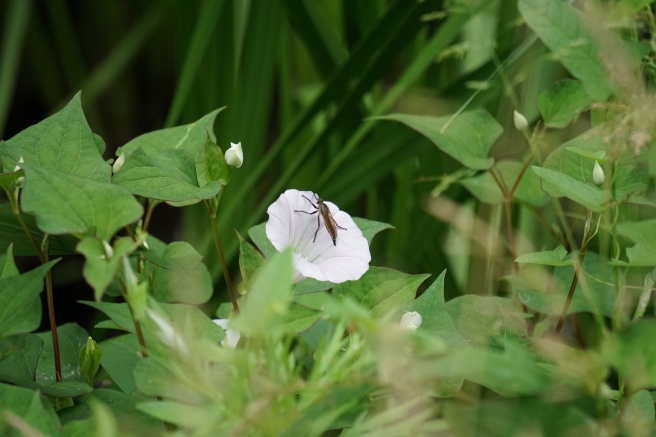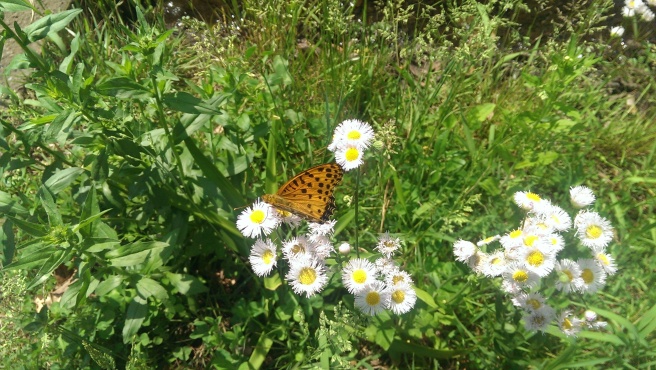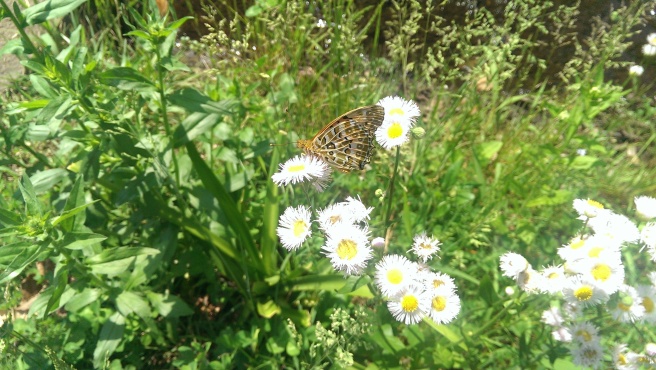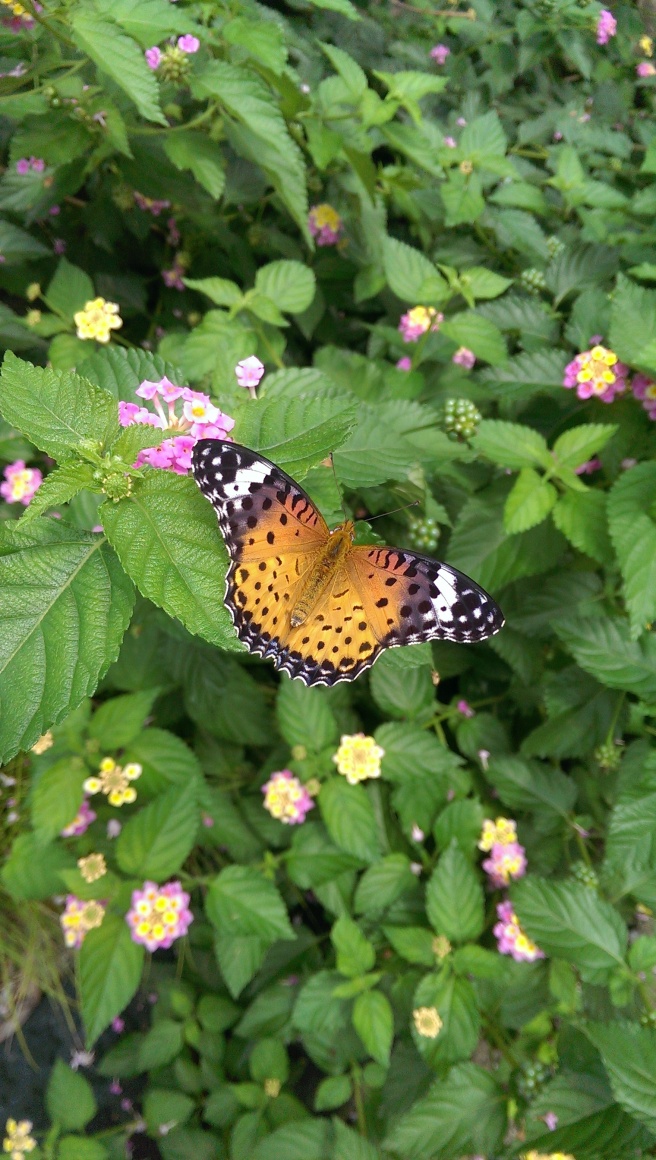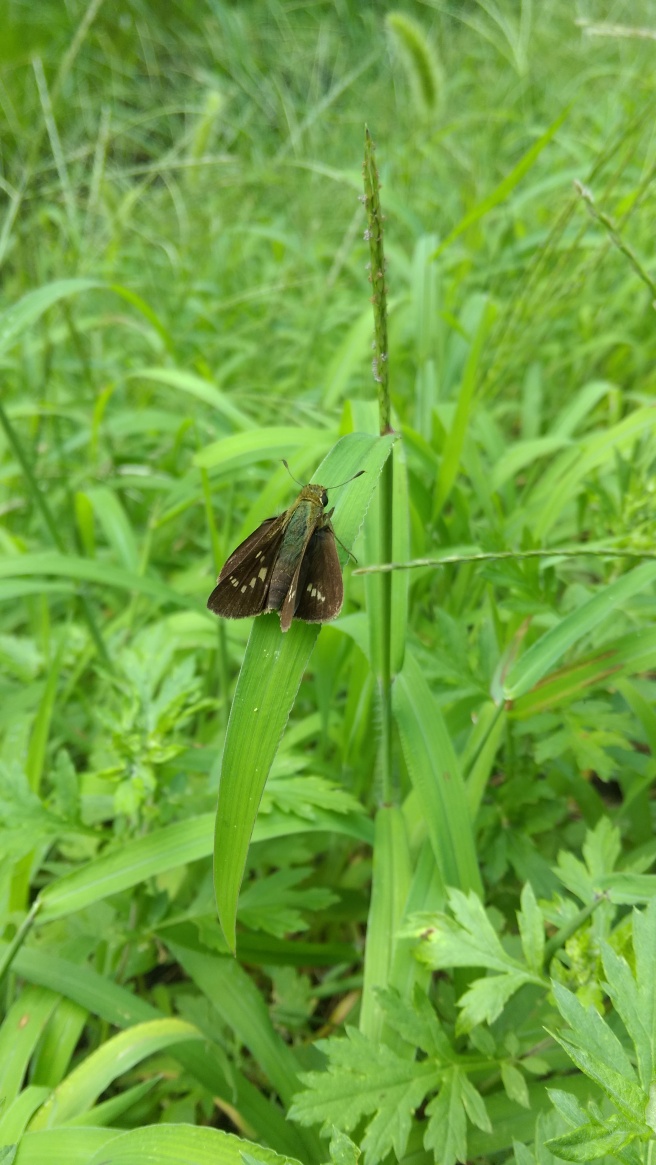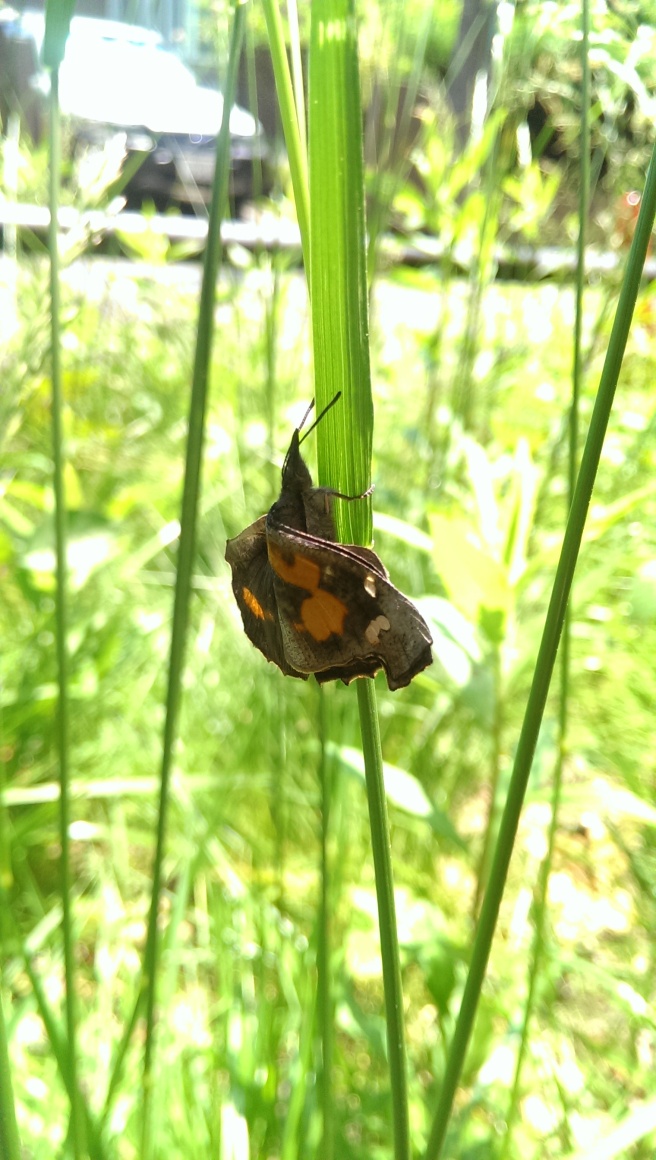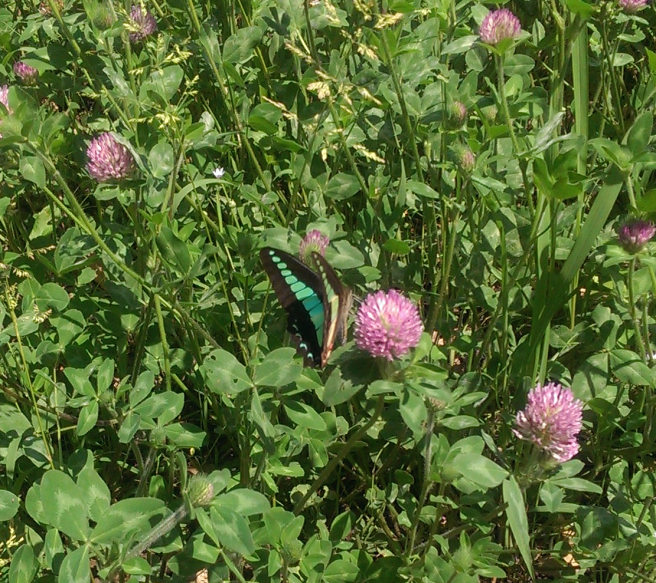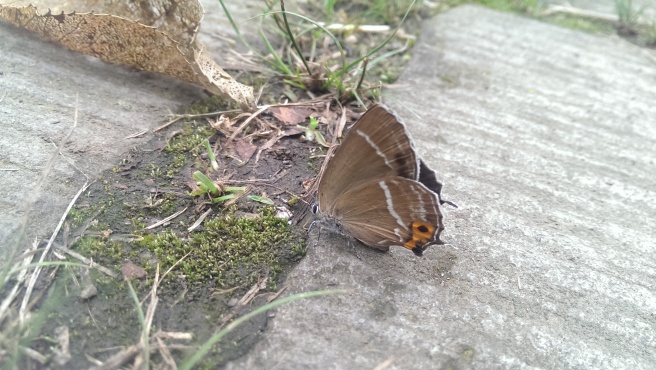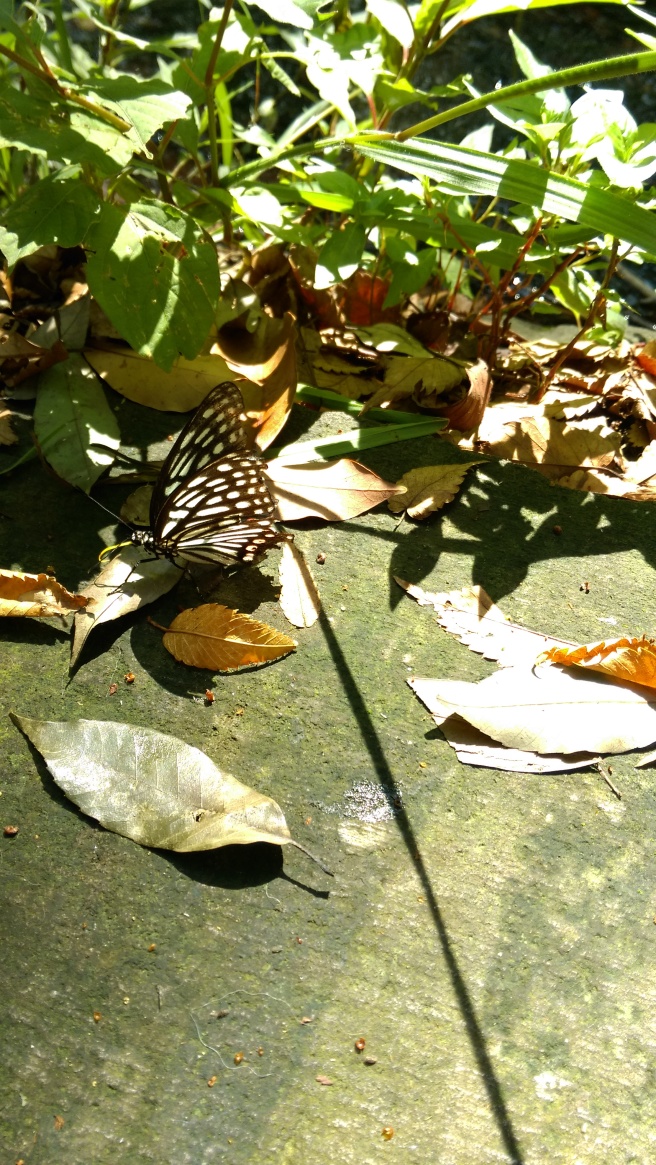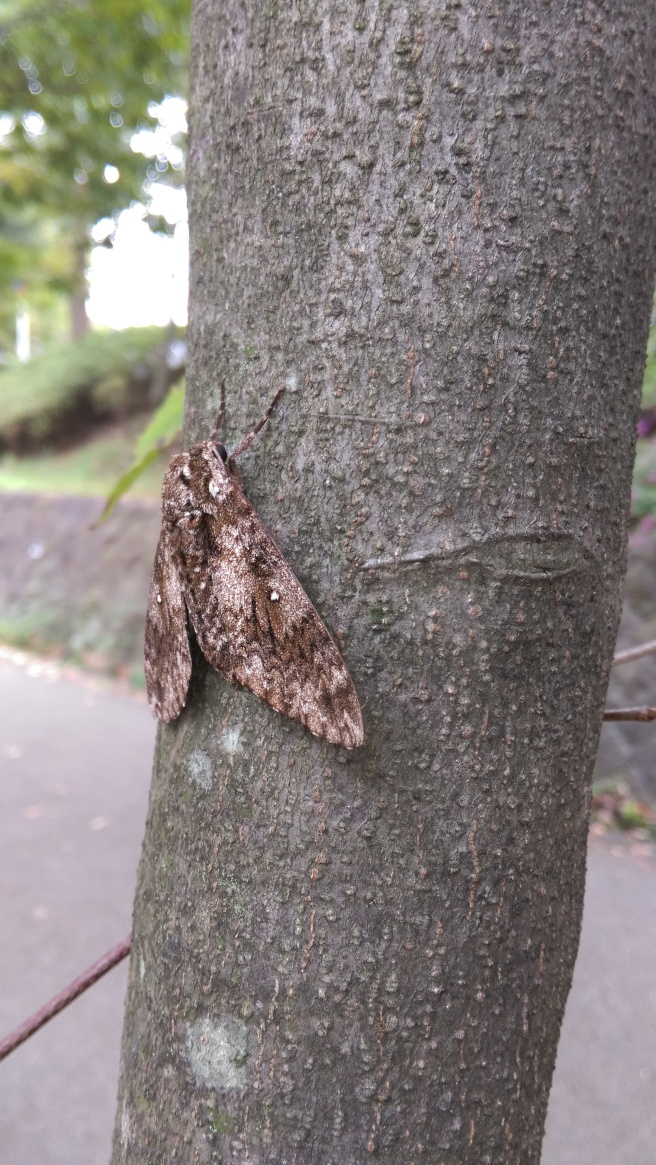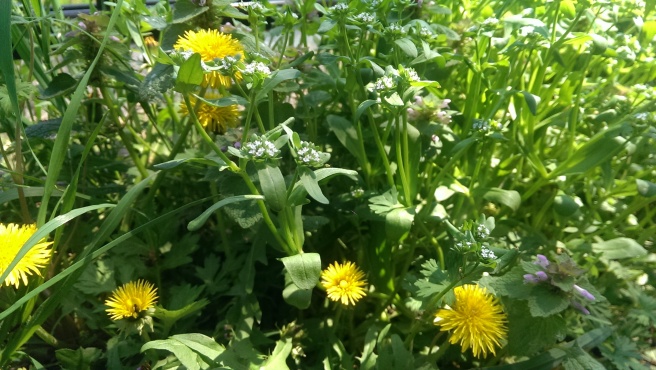As trees started losing foliage and weather took a turn for the gloomy, my urban birding days were brightened up by Japanese white-eyes. The little birds appear in small groups, often following tits, like flashes of fresh green standing out against the naked branches of trees which close shop and go dormant early, such as this cherry. Your camouflage isn’t working, buddy!
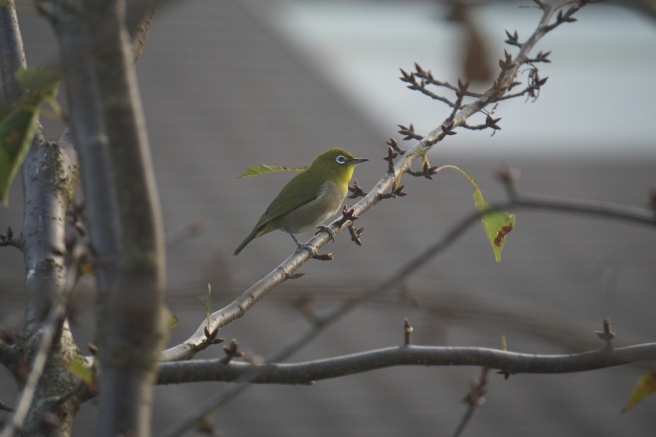
Brown-eared bulbuls, once done raising offspring, spend even more time quarreling with other bulbuls, chasing one another around, or screeching with raised crown feathers in an intimidating posture.
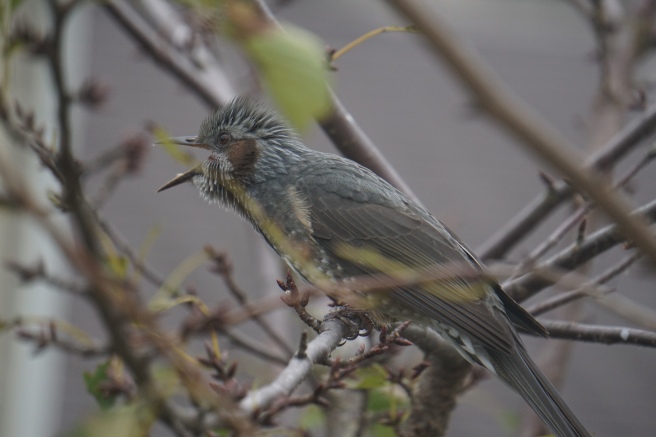
Although it is merely a personification, the tree sparrow look-out appeared very nonplussed by the constant intrusions from the hot-tempered bulbuls.
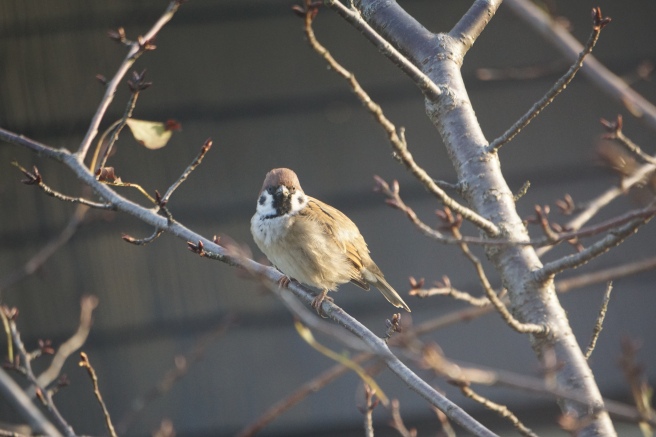
The local pond was being slowly re-populated by the overwintering ducks. Spot-billed ducks hang around all year, but there are usually more of them in winter. They do not confine themselves only to the pond area, but like to venture out further along a stream, or to a nearby river.
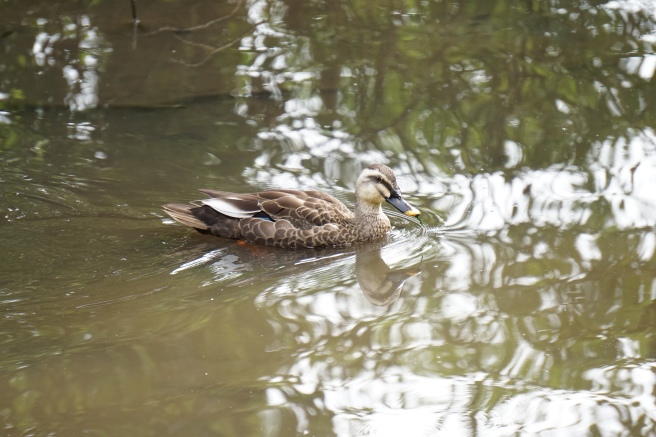
Apart from tufties, which are wary and prefer to stay well away, the winter newcomers were mostly northern pintails, such as this fine-looking male.
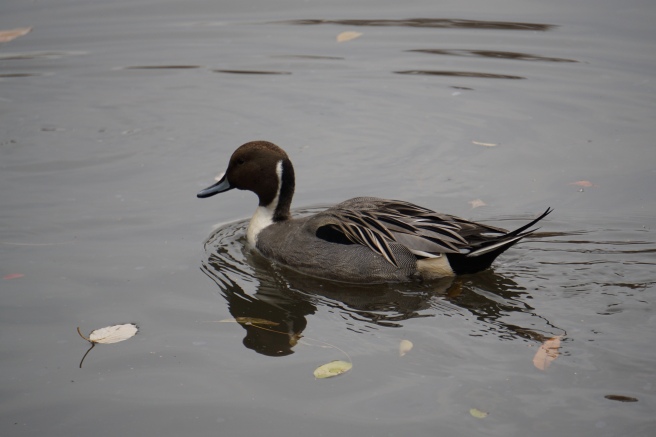
The moth and butterfly season was coming to an end, yet several species were still making the most of it, visiting both wild and planted flowers in the park. Below is a female Indian fritillary to the right of a skipper…
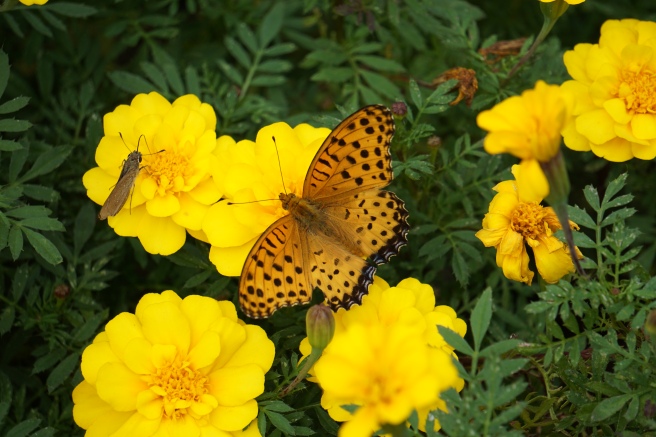
…and here is a male Indian fritillary, with his fancier wing pattern.
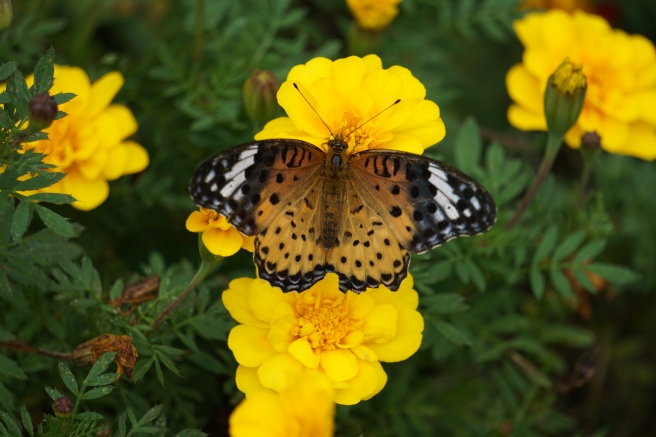
A box tree pyralid moth also fancied the Tagetes flowers, arriving by sunset, as soon as the butterflies had gone.
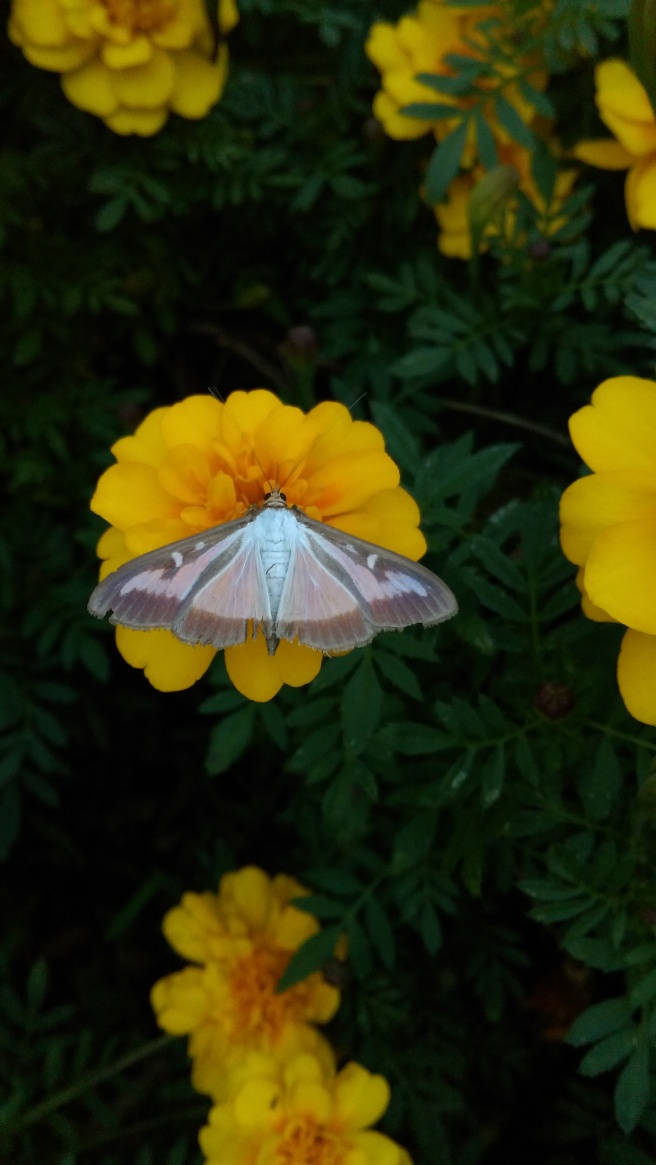
Now, for the more plain-looking species! A grape plume moth clinging to the wall of a house, trying to blend in and not attract the attention of a flock of sparrows in a hedge just by it. It does fit the colour scheme fairly well.
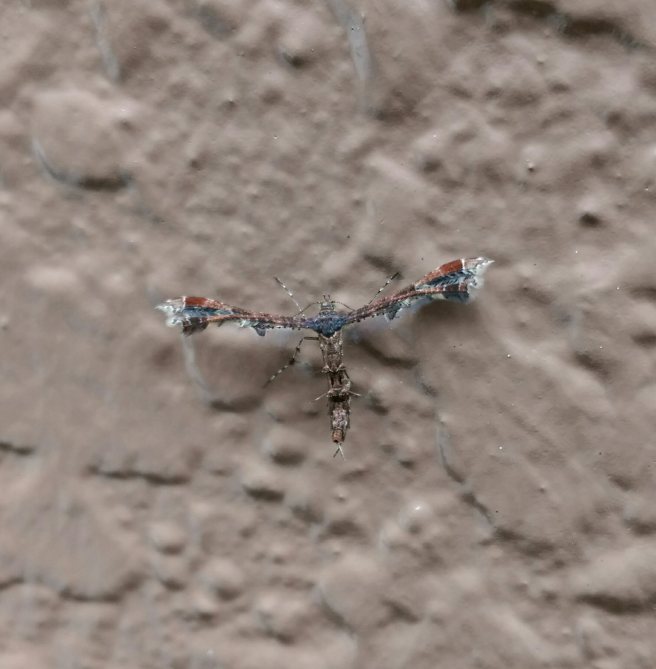
Below is a very worn-looking butterfly, a poignant sight in mid-October. It is difficult to tell what an understated beauty she used to be now that her blue scales have all rubbed off, the soft edges to her wings have frayed, and all that is left to identify her by are the pale spots on the hindwings, and a subtle hint of little “tails”. She is a short-tailed blue butterfly who has been through a lot.
